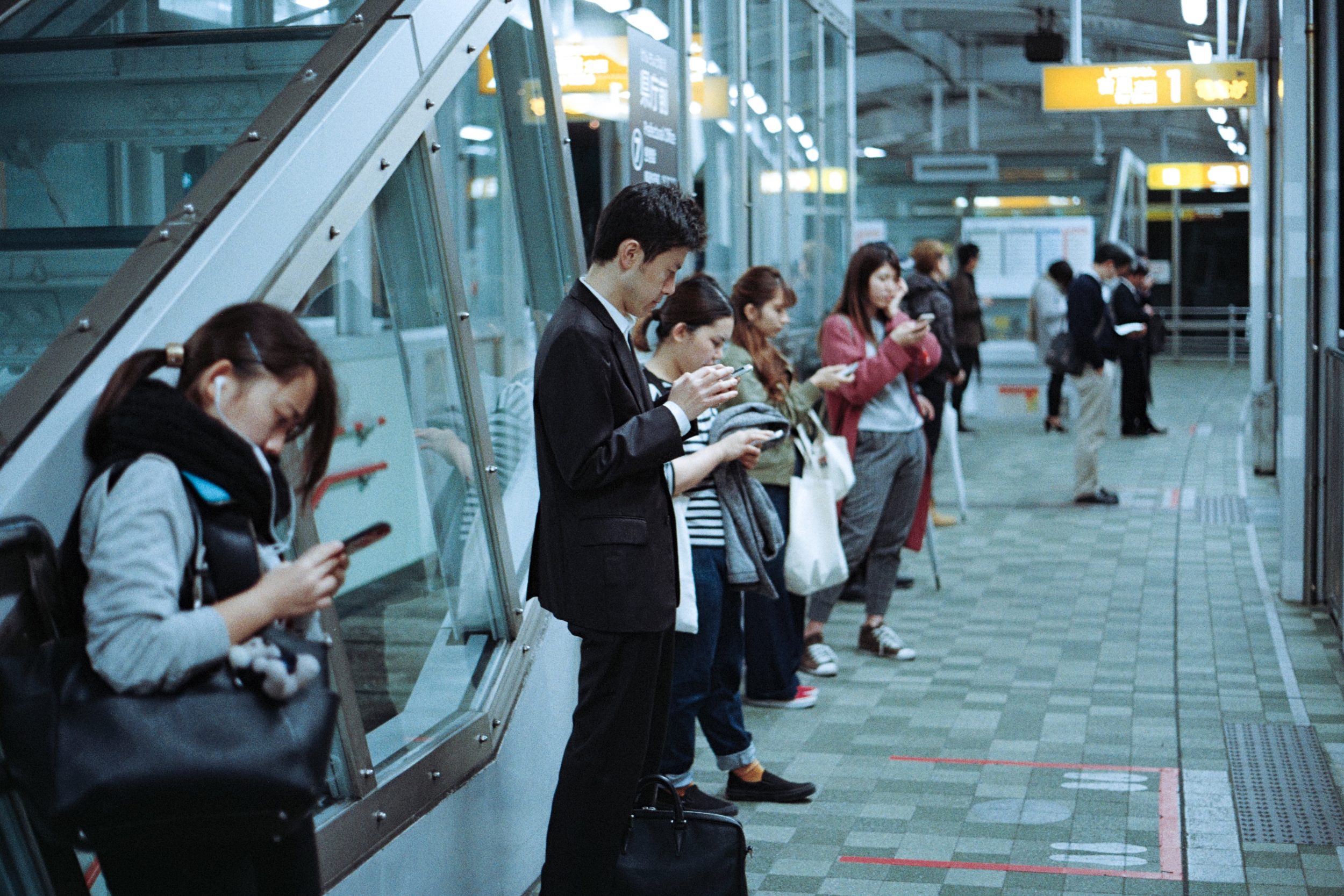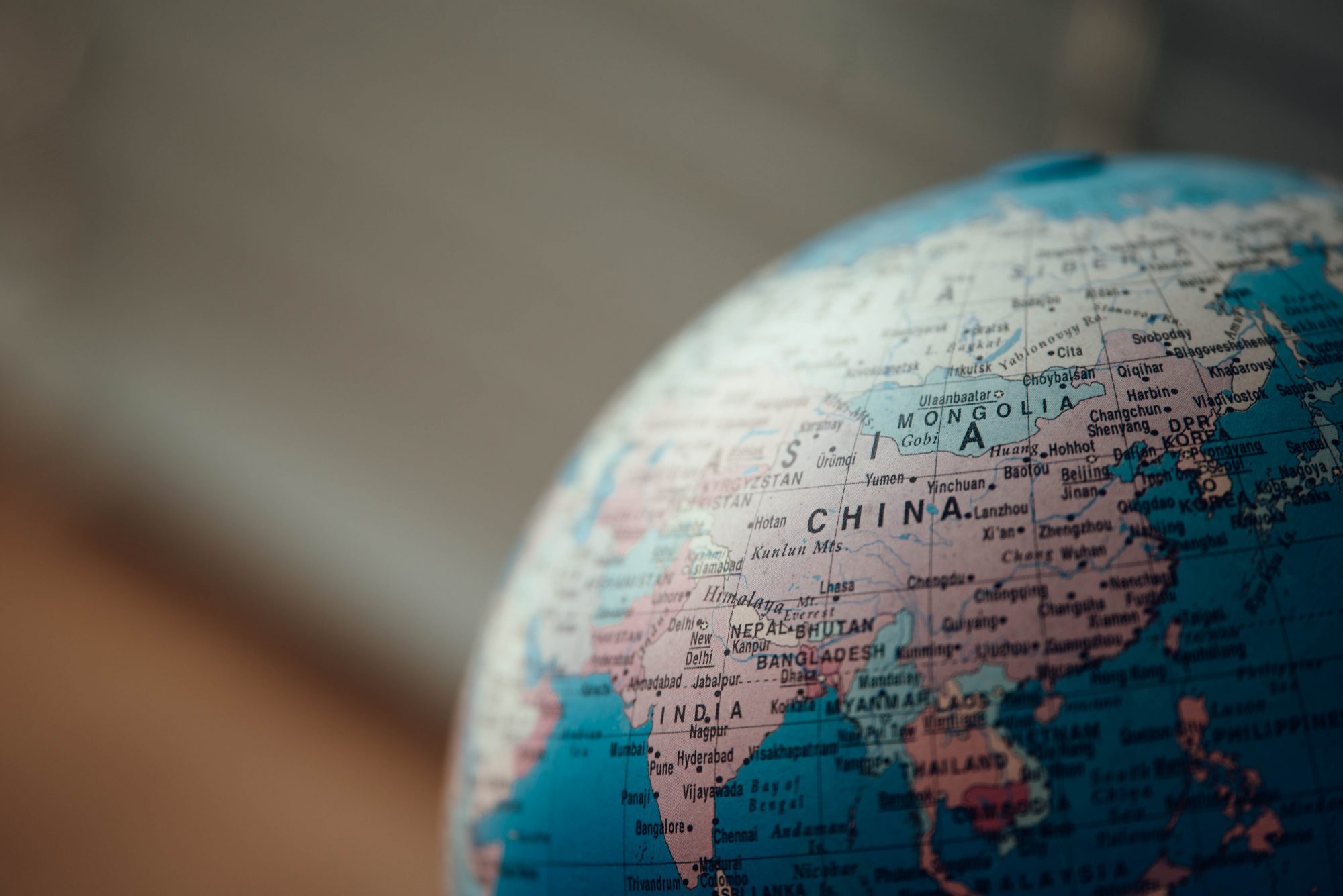
 The coronavirus outbreak that originated in Wuhan, China is not (yet) a pandemic, according to the WHO, but its spread has been accompanied by reports of racism and xenophobia from around the world. Jonathan Corpus Ong of the University of Massachusetts and Gideon Lasco of the University of the Philippines argue that more needs to be done to stop the spread of prejudice in the wake of the outbreak.
The coronavirus outbreak that originated in Wuhan, China is not (yet) a pandemic, according to the WHO, but its spread has been accompanied by reports of racism and xenophobia from around the world. Jonathan Corpus Ong of the University of Massachusetts and Gideon Lasco of the University of the Philippines argue that more needs to be done to stop the spread of prejudice in the wake of the outbreak.
The way we understand illness is rarely defined by science alone. That is particularly evident when there are gaps in scientific knowledge – cliche and prejudice fill the void. Narratives of karmic debts, secret conspiracies, and depraved deviants offer the most irresistible explanation. To paraphrase the late media scholar Roger Silverstone, stereotypical frames offer comfort as they help contain catastrophe. In our fractious times, misinformation – spread wittingly and unwittingly through the media and online – further exacerbates dangerous fallacies.
We see this today both in media coverage and the public response to the coronavirus outbreak. Overnight, to be from Hubei province – or even just to be Chinese – is to be a dangerous “other” to be shunned, banned from entry, and even blamed for the outbreak. In a matter of days, millions of mostly healthy people have found themselves trapped in their own homes – and unwelcome anywhere else. Residents of Hubei tearfully plead exit from lockdown in order to access services such as cancer treatment unavailable in their locale.
As social scientists, we fear that such dangerous narratives are encouraging racism and hate by portraying vulnerable populations as virulent carriers, rather than victims worthy of empathy and sympathy. This applies of course to Western/global media coverage of an “exotic” disease arising from dirty and distant lands. But crucially, we want to point out how this othering of mainland Chinese people is also painfully felt within and among Asian countries, as social tensions in the region have escalated in response to China’s political and economic aggressions.
Global media coverage such as in this article in Foreign Policy , framed the outbreak as a consequence of the Belt and Road Initiative, essentially blaming Xi Jinping who “made it possible for a local disease to become global menace”. Meanwhile UK tabloids Daily Mail and The Sun (infamous for their anti-immigration headlines) shared conspiracy theories and invited revulsion towards eating bats and other animals, implying that the Chinese people are to blame for the outbreak. Never mind that bats are consumed in many parts of the world, from Africa to Oceania.
This is not a new phenomenon. The SARS epidemic was met with similar responses, including the perpetuation of Asian stereotypes. The scare over the Ebola virus was likewise laden with prejudice against Africans. As Donald Trump’s tweets during those times show (e.g. “Stop the EBOLA patients from entering the U.S. Treat them, at the highest level, over there. THE UNITED STATES HAS ENOUGH PROBLEMS!”), it can lead to unwarranted actions and further incite panic.
Across Asia, hostility toward proximal Chinese others is also widely normalized. In Hong Kong, the Twitter account Free with Hong Kong whose bio includes “Fight for Freedom” posted pictures of Chinese restaurants serving newborn mice and bat soup to diners with the hashtags #chinazi and #WuhanCoronaVirus. Political resistance might be moral justification for such incendiary tweets, but this betrays both bigotry and amnesia. The SARS epidemic of 2003 is widely suspected to have originated from civet cat in the Cantonese province of Guangdong, bordering Hong Kong. This intra-ethnic hostility between Hong Kongers and mainland Chinese has steadily escalated over the years as mainlanders have long been referred to by the slur “locust”. This mockery has played out against a broader political battle for sovereignty from Beijing.
In the Philippines, China’s territorial encroachment of the South China Sea – not to mention Rodrigo Duterte’s increasingly cozy ties with Beijing – have triggered political and cultural resentments, many of which have been projected onto mainland Chinese tourists and workers. In the recent election of 2019, opposition politicians and influencers seeking political leverage fanned the flames of anti-China sentiment through emotionally manipulative memes and racist speech.
Philippine responses to the coronavirus have been similarly hostile. On Facebook, a transport blogger recently shared a screenshot of a ride-share driver refusing to serve mainland Chinese clients with the message, “If you are Chinese national you are not welcome because all of have Wuhan virus” [sic]. Instead of calling this out as unacceptable, the blogger’s resigned caption simply was: “Too harsh? Or fair enough?”
Other influencers have peddled conspiracy theory from alt-right news sites such as The Washington Times (also known for promoting climate change denial), insinuating the virus might be Beijing’s secret biological weapon to undermine their political and territorial rivals.
What can we do better? Both journalists and the general public can do better by amplifying stories that recognise the agency of doctors and responders on the ground, and sharing (and verifying) stories and videos produced by ordinary people in Wuhan. These stories remind us that the outbreak is experienced most exceptionally as a tragedy, by people who both mainstream news and fake news sites have dehumanised.
We can also read and share this excellent resource started at the University of Connecticut on “Treating Yellow Peril: Resources to Address Coronavirus Racism” to journalists and students, as it helps us trace root causes to the current hysteria, but also reflect on factors that have led to the increased normalization of both protectionist and shamelessly racist expressions in everyday discourse.
Before sharing and posting clickbait articles, it’s healthy to engage with the roots of our prejudice and our selective empathy. Are we conflating the Chinese government, whose past or present actions we may object to, with the Chinese people? What lessons should we heed from previous epidemics of SARS, Ebola, and even AIDS and the secondary catastrophe of discrimination and social shaming that they have inflicted to particular communities? And how do we double-down on nurturing a cosmopolitan imagination in the current state of fear and anxiety in global society?
This is an updated version of a post that was published last week on OpenDemocracy. This article represents the views of the author, and not the position of the Media@LSE blog, nor of the London School of Economics and Political Science.
Featured image: Photo by Kyle Glenn on Unsplash





